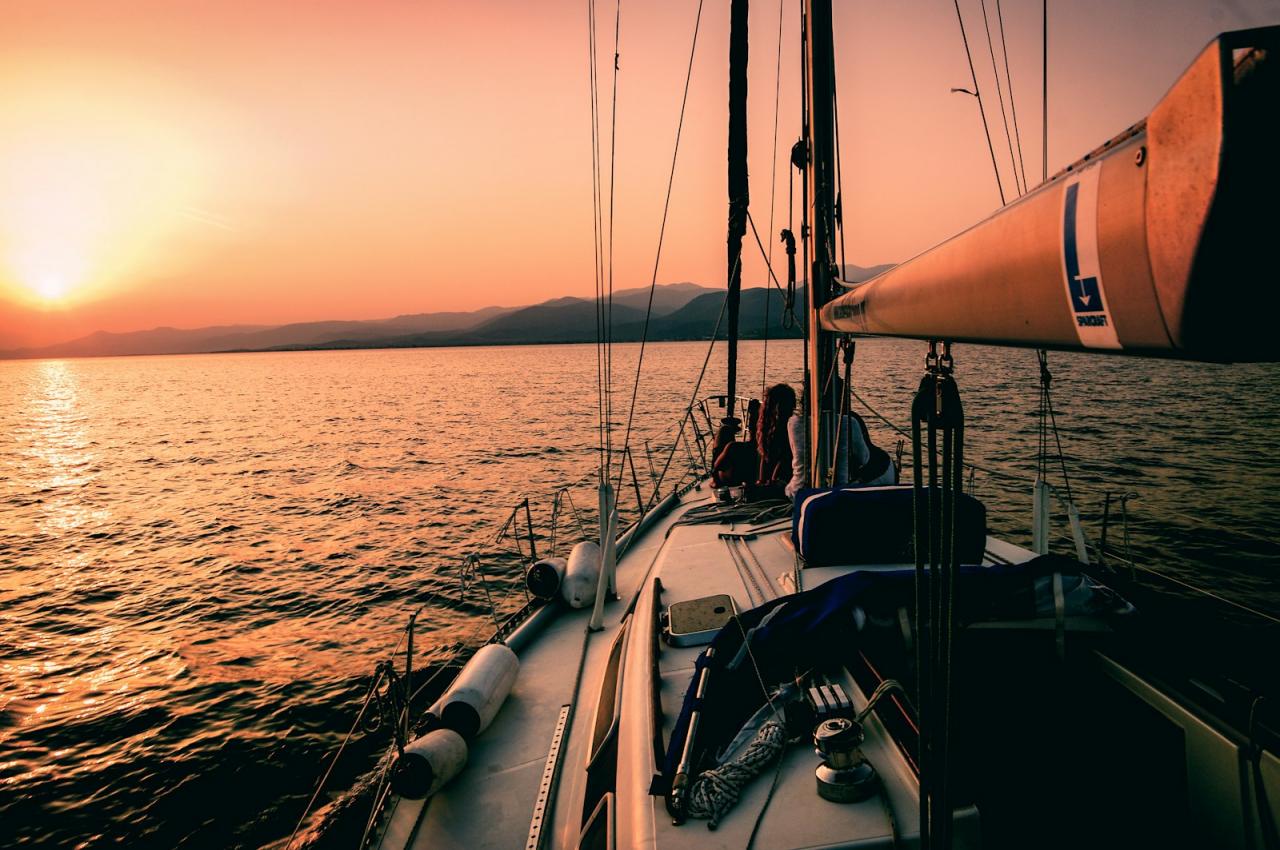
Sailing is one of the most exhilarating experiences of all time. It comes with a number of sacrifices you need to make, your time and comfort, just to obtain the necessary skills you need for a better and safer sailing. This thrilling experience also comes with a good share of dangers such as capsizing or your boat going aground. But not to worry. Below is a comprehensive list of the simple things you need to know before you get started on your sailing adventure.
1. Know the basic parts of the sailboat
Whether you will be taking sailing tutorials on your own or you will have a guide leading you every step of the way, basic knowledge of the basic parts of the sailboat is essential. Knowing these will make it easier for you to understand instructions as you sail. The main parts you will have to know are the boom, the block, centerboard, rudder, mainsail, keel, lines, mast, hull, mainsail, jib, halyard, cleat and boom. It is also good to understand the different functions of each of these parts. When you are done with this step, you will be able to check the boat, identify the parts, identify if any parts are missing and other malfunctions and have them corrected before setting off to sea.
2. Know the specific terms used
There are specific terms used to refer to different situations, occurrences and instructions while sailing. Having enough knowledge on these terms is extremely important in ensuring both good communication and safety when on board. Examples of such terms are port, windward, leeward, jibing, tacking, starboard and luffing among others. You need to understand the meaning of each of these and know instances where they are applied to make it easier to communicate with and understand other sailors.
3. Know how to operate the machine
Sailing may not be so hard to learn, but it involves manipulating different parts of the sailboat and balancing them so as to achieve a smooth sail. In addition to this, different kinds of boats may have different parts that function differently and have their own unique methods of operation. It is necessary to know how to prepare and maintain the boat , check out all its parts to make sure they are intact, determine the direction of the wind, point the sailboat into the direction of the wind, hoist the sails and launch the boat. You should also learn how to adjust the sailboat relative to the wind, set the speeds and navigate it to its final destination. It is also a plus to know how to tie the different knots used in boating and know exactly where they are used. This is quite a guarantee for your safety and that of your boat.
4. Know the items you’ll need to have on board
Before setting off on your voyage, you need to be aware of the items you will have to bring along. Depending on the number of people on board, the size of the boat and other factors, you will be able to determine whatever you’ll need. An extra bottle of petrol in case you run out of fuel, a fire extinguisher in case of a fire outbreak, a first aid kit, warm clothing for cold weather, flashlights in case you sail into the dark, life savers and inflatable jackets and wax in case of a hole on your boat may work. In case you plan on spending the night out, you need to carry a tent. You shouldn’t forget to carry a shoot gun in case you get stranded at sea.
5. Know the rules and regulations
Different countries and their water bodies are governed by different laws. Before thinking of sailing into any water body, it is essential to visit the relevant authorities and have them give you permission to sail and enlighten you on the restrictions, rules, laws and regulations. This helps to prevent you from getting on the wrong side of the law which could get you into great trouble with the authorities.
6. Know what to do in case of an emergency
Accidents or emergencies are deemed to happen at some time during sailing. You should be courageous enough and prepared in case of such a scenario. You need to have the basic first aid knowledge and know what to do in case of an emergency such as fire outbreaks, explosions, the boat going aground, a leaking boat, capsizing and getting stranded deep in the sea. You also need to know whom you should contact in such cases and also how to seek help.
7. Know the navigational signals
Depending on the country or the waters in which you will be sailing, you may need to get some knowledge of the signals and signs used to communicate to sailors at sea. There are both visual and sound signals that you need to learn and make use of. This makes communication and understanding of whatever you need to do easier. You should know what the differently colored buoys and also the symbols on the map you are using indicate. This improves your safety while sailing, as some could be warnings while some may be symbols of guaranteed safety.
The ultimate goal for every sailing expedition is fun and only fun. Accidents and emergencies are the least expected outcomes of such a thrilling and exciting experience. You should never let your lack of experience and skills pull you back and deny you this once in a lifetime experience. The above tips, together with a little training from a sailing professional and a little bit of patience is enough to get you sailing safely into the beautiful waters.



